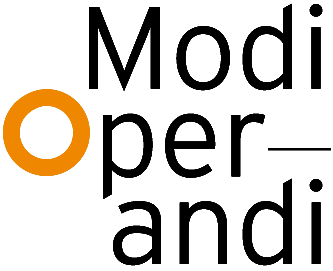INTRODUCTION
The environmental crisis significantly changes the daily practices of architects at the time of the Anthropocene, renewing attention to the planetary scale, or simply the earth (see for example the architects Design Earth[1] , and theoretically the architecture scholar Tyszczuk[2] ). This Earth is either taken as a whole or as a composite of granular elements such as chemicals, soils, nutrients, water, winds, fungi, etc., recognizing that the habitability of our planet depends on these various entities and their entanglement (See Feral Atlas[3] ). In any case, the field of architecture is gradually becoming interested in monitoring the environment, either by creating its own observatories (see for example Italian Limes, with the Alpine border monitoring[4] ) or by relying on existing ones (see for example Territorial Agency with the ocean maps[5] ). The project presented in this issue of Modi operandi is part of this trend. I myself became interested in environmental monitoring during my practice as an architect, and then during my PhD[6] , aiming to bring a new understanding of nature to better cope with climate change. In order to understand this trend related to observatories, I undertook empirical fieldwork using ethnographic methods, following scientists from a specific branch of earth sciences called the critical zone (CZ). During my fieldwork, I followed geoscientists in their laboratories but especially in their field. I will contribute to this essay with this field experience, having spent several months in critical zone observatories (CZOs), mainly in France and the West Indies, but also in laboratories, as close as possible to scientific practices, having followed the network of scientists and conducted several interviews during this work. I will also draw on my experience of creating an installation in a museum for the exhibition Critical Zones. Observatories for Earthly Politics[7] , which aimed at reproducing an observatory with the landscape of instruments[8] . In this essay I will try to reduce the gap between these scientific practices and the architectural proposal of this issue.
In my research work, I bridge the critical zone and territorial landscape architecture with the design of alternative cartographies[9] . It is a matter to grasp the complexity of the composition of the critical zone, shifting the anthropocentric view (which divides the territory as a surface to be constructed), to a cosmopolitical view (a view from the inside that takes into account the depth of the ground and the cycles). The overall objective is to provide a more nuanced knowledge of what is called ‘nature’ through visual tools and the production of meticulous cosmograms[10] linked to the scientific object Critical Zone[11] . This better understanding of the dimensions of this critical zone may bring a new understanding of landscapes and thus impact on architectural practice and its transformative agency in the New Climate Regime[12] . The project presented here by architect Menno Brouwer has taken a different turn, designing a different framework from the one found in the critical zone, I believe. Thus, in this essay, I will not comment on the architectural project itself but will extend the empirical knowledge on the notion of the critical zone, as the project passes quickly over it, which is quite understandable since it is not a research work on scientific practices but a frame of inspiration. However, I think it is important to provide some research on the critical zone and then to present an approach to what it could bring to the field of architecture.
